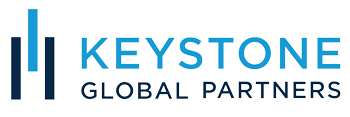Our Process
We may be the perfect firm for you, or we may not be the right fit for you. We designed this process to help you make an educated and informed decision.
There is no risk, cost, or pressure as you determine whether a relationship is a good fit.
Intro Call
We want to ensure that we are the right fit for you. A 30-minute Intro Call will help both of us understand if your situation is a good match for our expertise. After all, you wouldn’t want to see a neurologist if you needed to fix a broken bone.
Discovery Meeting
During our Discovery Meeting, we ask you a number of questions to understand your financial goals, needs, and concerns. To give you our best advice, we need to fully understand your current situation to identify your potential opportunities. In advance of this meeting, we will request a few important documents that will drive our analysis and help shape some of the questions we ask you.
Our Analysis
Taking what we learned from our Discovery Meeting, we formulate a custom plan of action that best suits you. As independent fiduciary advisors, we will always provide advice based on your complete financial picture and what’s best for you rather than what’s simply suitable.
Strategy Meeting
During our Strategy Meeting, we will walk you through how we can address your identified concerns, capitalize on other opportunities, save on tax, and review any other areas where we can provide value or insight.
Think on It
We’re looking for long-term relationships with our clients. It’s important that you take as much time as you need to make a decision.
Going “Live”
We’re glad you’ve chosen us! We will walk you through the next steps of our Onboarding Process and begin executing on your plan.
Ready to Get Started?
Our Community of Clients
Sound like you?


